Fiery Earth-facing sunspots could unleash M-class solar flares
The National Oceanic and Atmospheric Administration has predicted M-class solar flares that could be unleashed by two sunspots. Know details.
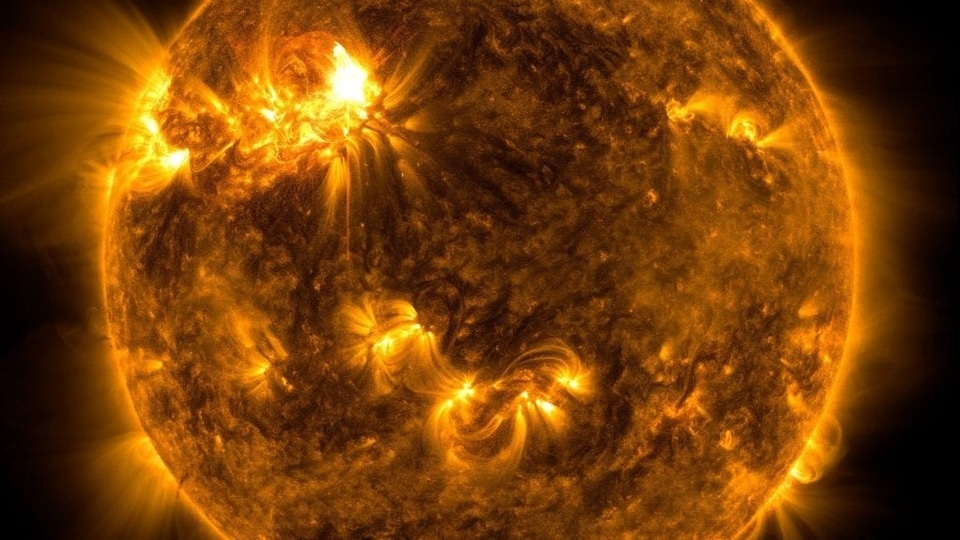
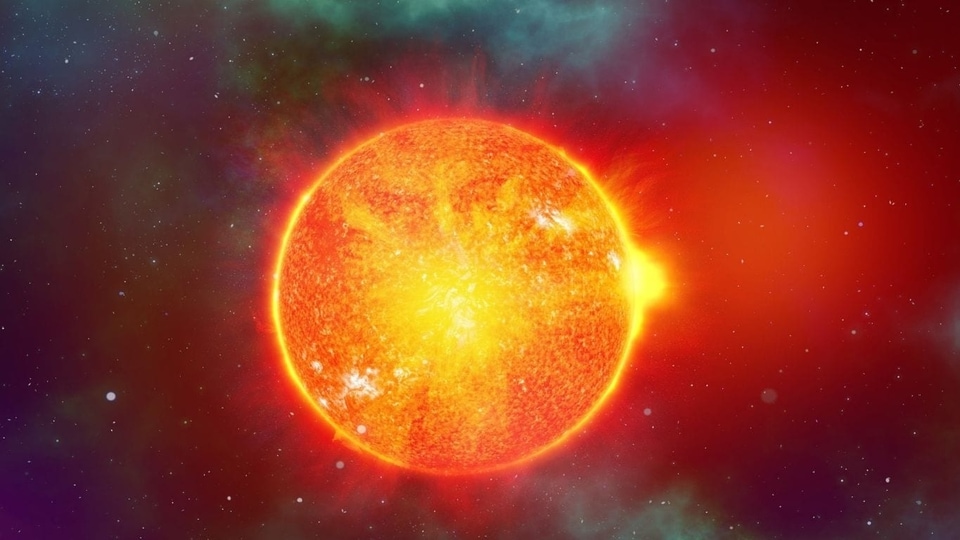
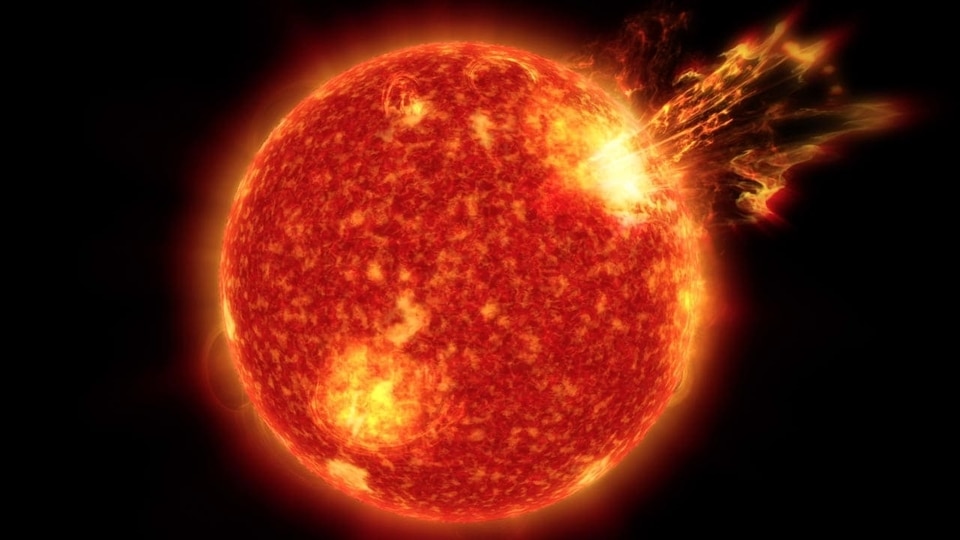
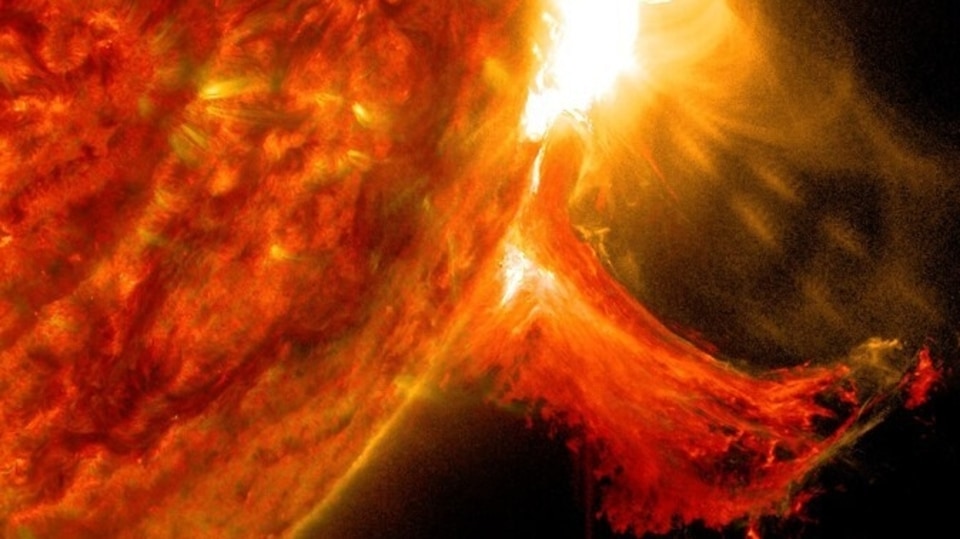

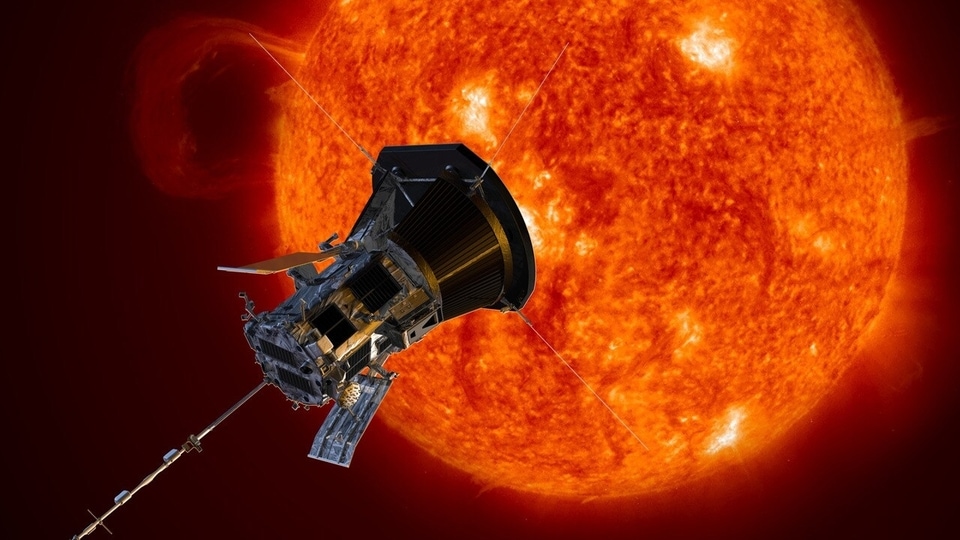
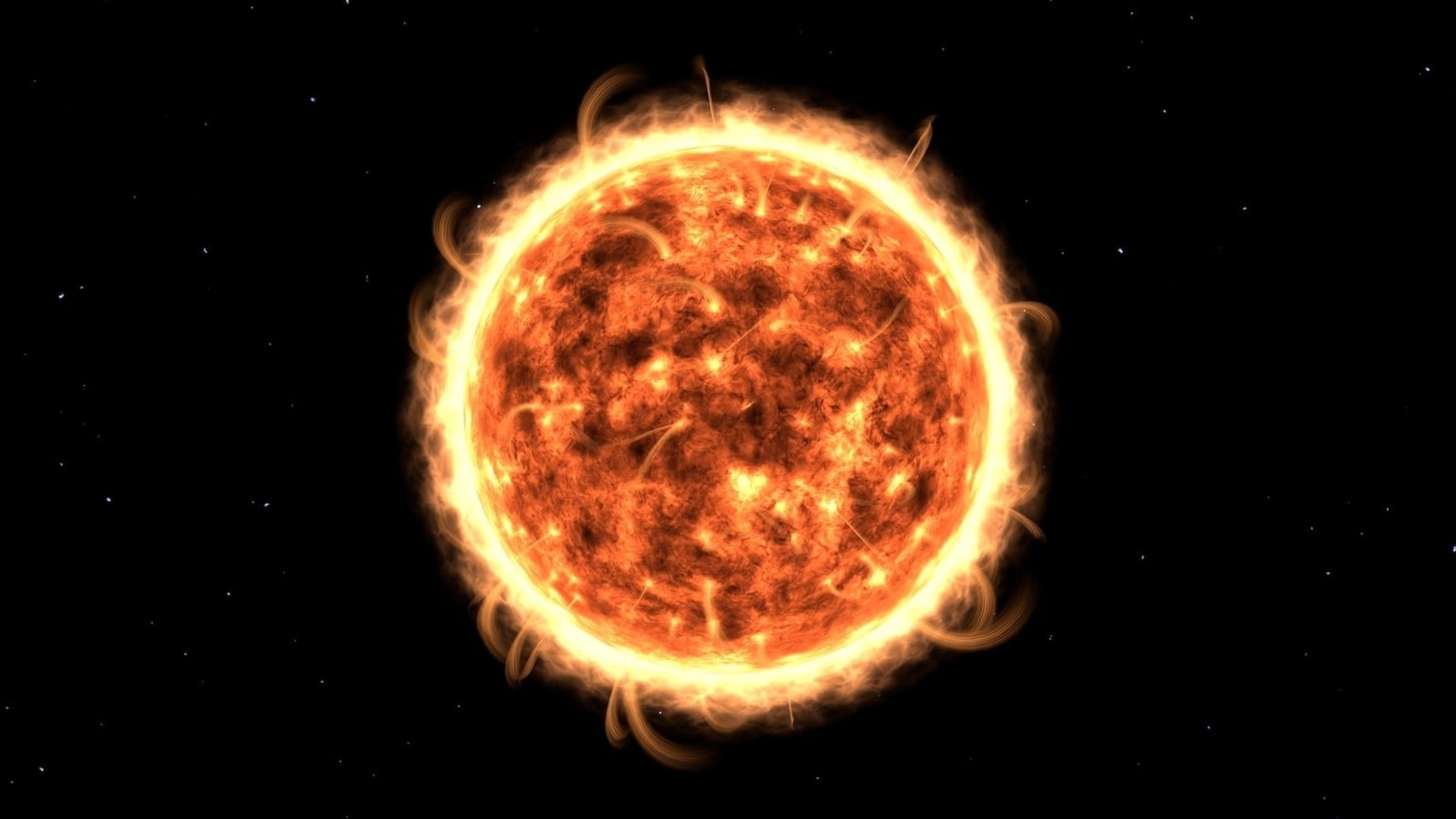
 View all Images
View all ImagesThe Sun has been displaying its might over the last few months, and its activity is expected to increase as we move towards the peak of Solar Cycle 25, which is likely to be in 2025. During its 11-year cycle, the Sun unleashes CMEs, solar flares, solar storms, and other high energy particles which can damage electric infra on Earth. Although scientists now have the technology to predict most of these events, this cycle's activity has already exceeded the maximum threshold which was predicted earlier.
As per a National Oceanic and Atmospheric Administration (NOAA) report, the number of sunspots seen in this cycle has surpassed the expectations from the solar maximum, nearly two years ahead of schedule. Experts have now shed light on two sunspots that recently hurled out solar flares towards Earth.
Solar flares today
According to NOAA, there are currently seven active sunspots facing Earth, and two of them hurled out flares towards the planet recently. Sunspots AR3409 and AR3403 exploded and sent out solar flares which could reach Earth today, August 21. As per the report, there is a 99 percent chance of C-class flares, while experts have also predicted a 15 percent possibility of M-class flares reaching Earth.
While it is unlikely, there is a 1 percent chance that these could turn out to be X-class solar flares, which are the strongest flares released by the Sun. Strong, X-class solar flares that the Sun hurls out can not disrupt global communications, harm satellites, and bring down the power grids to create blackouts, but also create radiation storms which can give small doses of radiation to the people flying in airplanes at the time!
Rising solar activity
As we move towards the peak of the solar cycle, the Sun's activity is expected to rise exponentially. As per a report by spaceweather.com, Earth has entered a high-speed stream of solar wind, which caused geomagnetic storms and sparked auroras in Finland and Sweden.
Moreover, NASA's Perseverence Rover recently spotted a mammoth sunspot crossing the solar disk on August 17. It was big enough to be noticed from the surface of Mars! The rover captured images of the sunspot with the help of its Mastcam-Z. According to NASA, Mars orbits the Sun over its farside, and therefore, the rover can see approaching sunspots almost a week before Earth, giving us a heads-up of the oncoming solar activity.
Catch all the Latest Tech News, Mobile News, Laptop News, Gaming news, Wearables News , How To News, also keep up with us on Whatsapp channel,Twitter, Facebook, Google News, and Instagram. For our latest videos, subscribe to our YouTube channel.





























